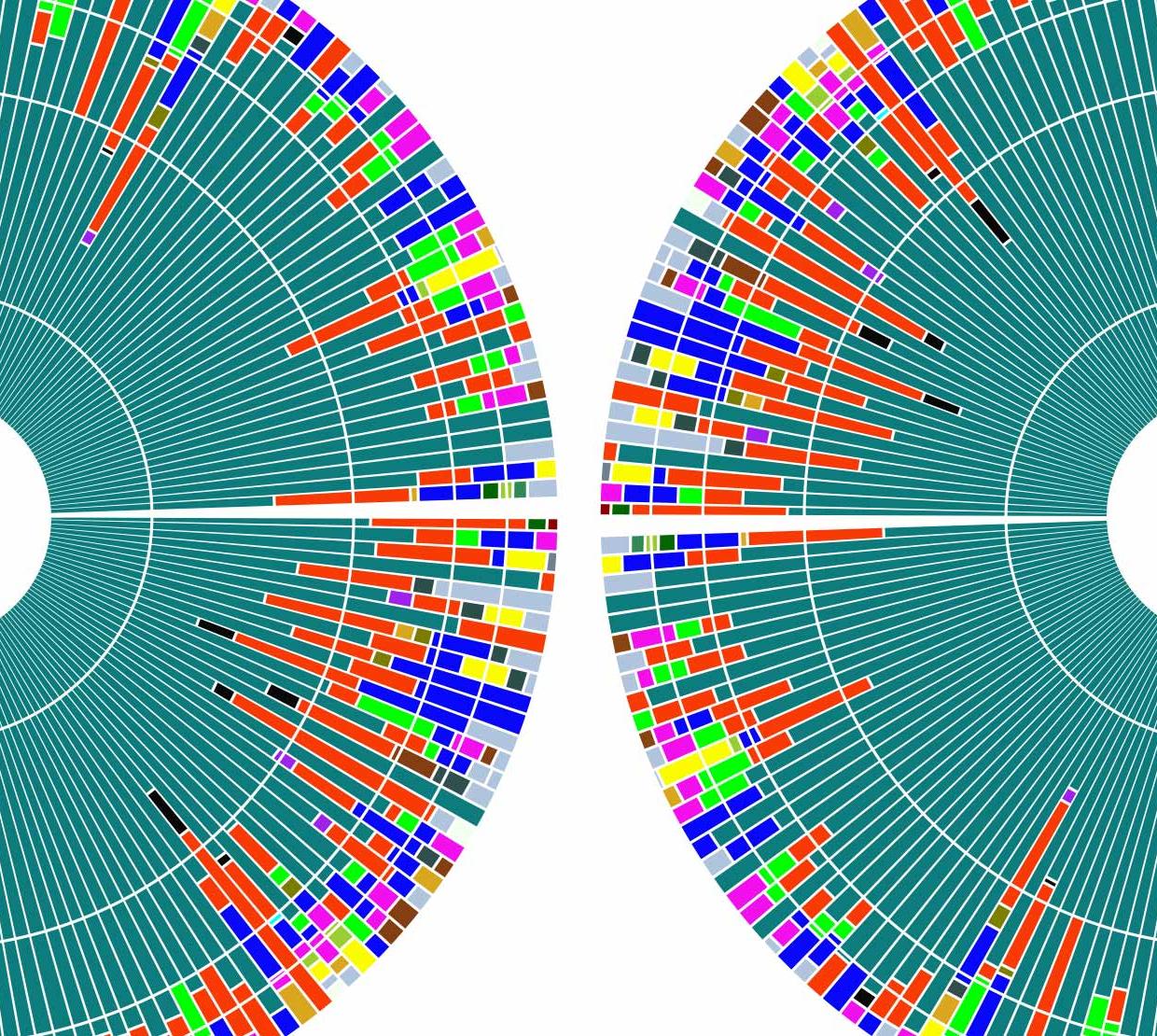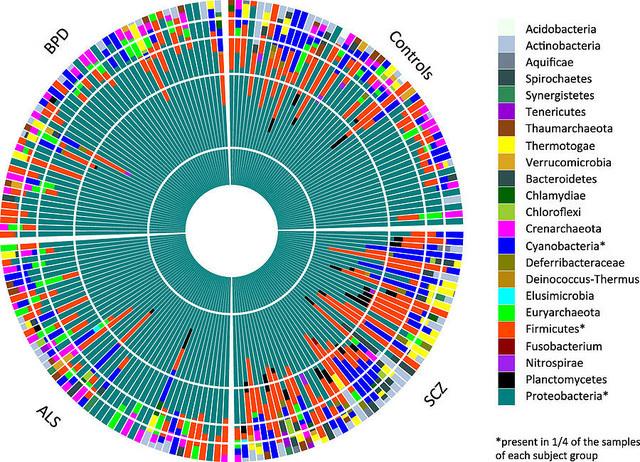The blood of schizophrenia patients features genetic material from more types of microorganisms than that of people without the debilitating mental illness, based on new research by mathematical biologist David Koslicki as part of an international collaboration.
Scientists at UCLA, the University of California-Davis, the University of California-San Francisco, University Medical Center Utrecht and Wageningen University collaborated on the study, the first to use unmapped non-human reads to assess the microbiome from whole blood.
What’s not known is whether that’s a cause or effect of the severe, chronic condition that strikes about one person in 100.
“It's a common assumption that healthy blood is sterile so some may find it surprising that we even found bacterial genetic material in the bloodstream,” said Koslicki, an assistant professor of mathematics in the College of Science.
Koslicki and collaborators performed whole-blood transcriptome analyses on 192 people, including healthy people as well as those with schizophrenia, bipolar disorder and amyotrophic lateral sclerosis (ALS), or Lou Gehrig’s disease. The findings were published in Translational Psychiatry last week.
Transcriptome analysis refers to the sequencing of ribonucleic acid, or RNA. RNA works with DNA, the other nucleic acid – so named because they were first discovered in the cell nuclei of living things – to produce the proteins needed throughout an organism.
Studying the blood samples, researchers detected RNA from a range of bacteria and archaea – with the range wider for schizophrenics than for the other three groups.
“More and more we know the human microbiome plays a huge role in health and disease,” Koslicki said.
“Gut bacteria account for most of the trillions of microbial cells in the human body, and this study shows that microbiota in the blood are similar to ones in the mouth and gut. It appears there’s some sort of permeability there into the bloodstream. Down the road, microscopy, culturing or direct measures of permeability may be able to shed light on that.”





